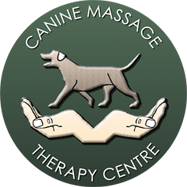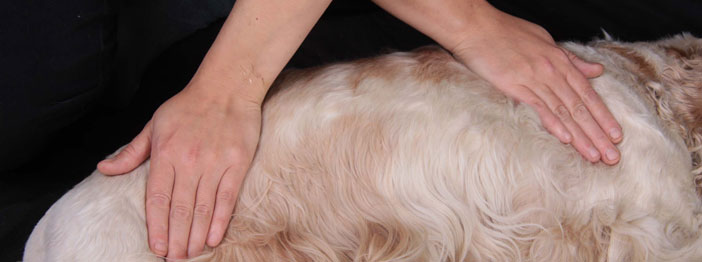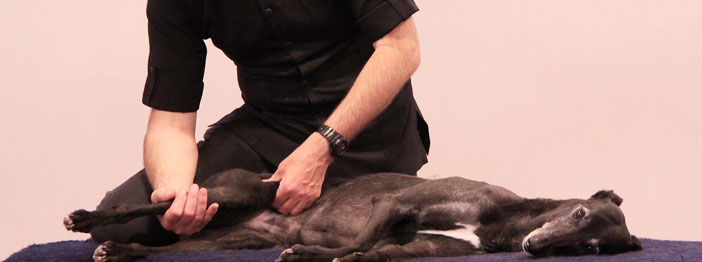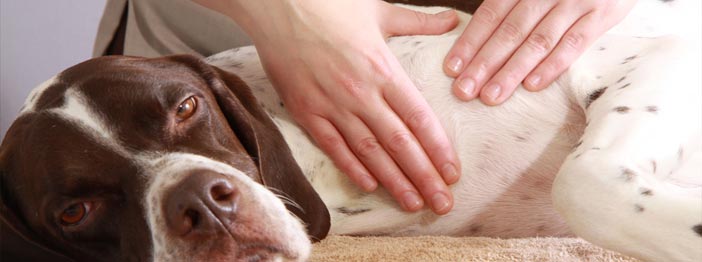
What Is It?
Spondylosis in dogs is characterised by the formation of osteophytes (bony spurs) that can bridge one vertebrae to another. It is commonly thought of as arthritis of the spine, however unlike arthritis this is a non inflammatory condition. It commonly affects the thoracic and lumbar vertebrae particularly at the thoracolumbar and lumbosacral junction.
Why Does It Happen?
As a degenerative joint disease spondylosis is commonly associated with ageing and can also develop as a secondary issue if the dog has had intervertebral disc disease or spinal surgery.
Other causes include trauma to the back, e.g. an impact from another dog running into them.
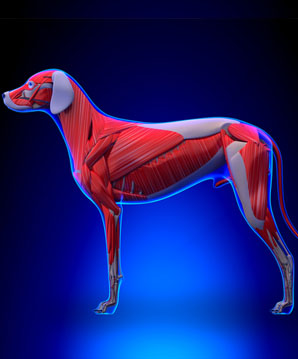 It may also be more prevalent in dogs who have had abdominal surgery or females who have been neutered and have excessive scarring; this is due to the weakening of the abdominal wall which in turn puts excessive pressure on the spine as the spine struggles to stabilise the impeded core muscles e.g. abdominus rectus, external & internal abdominal obliques, iliocostalis lumborum, ilicostalis thoracis
It may also be more prevalent in dogs who have had abdominal surgery or females who have been neutered and have excessive scarring; this is due to the weakening of the abdominal wall which in turn puts excessive pressure on the spine as the spine struggles to stabilise the impeded core muscles e.g. abdominus rectus, external & internal abdominal obliques, iliocostalis lumborum, ilicostalis thoracis
Dogs with excessive strains (muscular tears) to the epaxial and transversospinalis muscles may also develop spondylosis. This is due to the muscles being weakened and unable to carry out their role of stabilising and providing strength to the joint efficiently so the vertebrae have to work harder to stabilise themselves.
The bony spurs which form are triggered by instability and they form to actually try and stabilise the joint, however as the bony spurs grow they can cause pain and discomfort.
Symptoms
- Stiffness
- Altered gait
- Hopping or the back end being thrown out
- Reduced range of motion
- Lameness
- Back pain
- Neck pain (this is due to some of the muscles which stabilise the spine actually attach or insert onto the neck)
- Character change e.g. not wanting contact with other dogs, guarding their back from other dogs
- Resistant to touch along the back
- Numbness and weakness in the limbs
- Ataxia (loss of co-ordination)
- Long backed breeds e.g. Dachshunds
- Bitches who have had several pregnancies
- Bitches who have been neutered early and have excessive abdominal scarring
How Massage May Help?
Canine Massage can significantly help to improve or manage the symptoms of spondylosis in dogs and:
- Is a viable, natural form of pain management
- Addresses areas of protective muscle splinting
- Reduces areas of overcompensation
- Addresses and relieves areas of chronic pain
- Relieves stiffness
- Promotes flexibility
- Maintains or increases joint movement
- Restores strength to the spine by addressing areas of myofascial pain and trigger points which are commonly known to mimic symptoms of the disease
- Helps to improve posture and gait
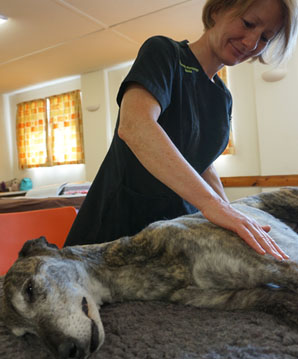
To find a therapist in your area, check out the “Find a Therapist” page
